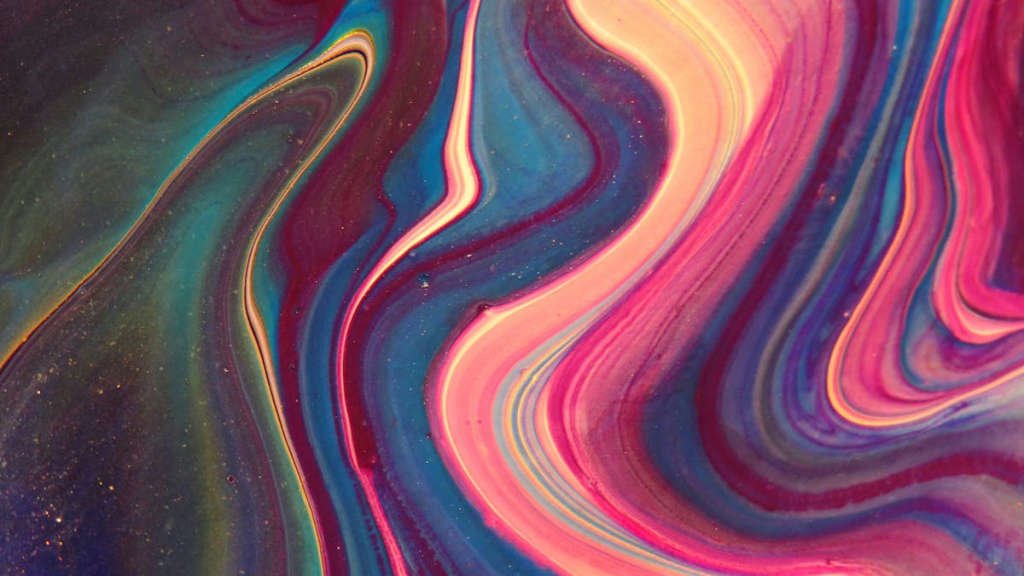
As we delve into the fascinating world of modern art, one cannot ignore the profound influence of psychedelic design trends. The vibrant colors, intricate patterns, and mind-bending visuals of psychedelic art have made a significant impact on contemporary artists, shaping their creative expression in unique ways. From paintings to sculptures to digital art, the psychedelic design aesthetic continues to captivate audiences and push the boundaries of artistic exploration.
Main Points:
- The psychedelic design trends have had a profound influence on modern art.
- Artists are incorporating vibrant colors and intricate patterns inspired by psychedelic art.
- The psychedelic design aesthetic is pushing the boundaries of artistic exploration in various art forms.
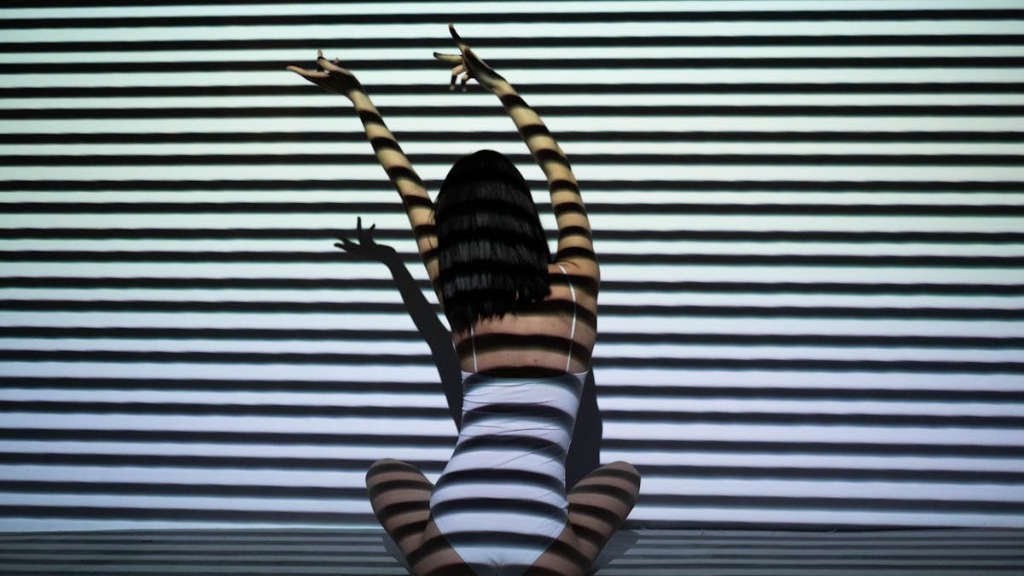
Psychedelic Art: A Historical Perspective
In the realm of art history, psychedelic art stands out as a unique movement that emerged during the 1960s. This art form, characterized by vibrant colors, surreal imagery, and optical illusions, was closely linked to the counterculture movement of the time.
The Origins of Psychedelic Art
The roots of psychedelic art can be traced back to the Surrealist movement of the early 20th century, which also explored the subconscious mind and dream imagery. However, it wasn’t until the 1960s that psychedelic art truly came into its own.
Key figures in the development of psychedelic art include artists like Stanley Mouse, Victor Moscoso, and Wes Wilson, who created iconic concert posters for bands such as the Grateful Dead and Jefferson Airplane.
Characteristics of Psychedelic Art
Psychedelic art is characterized by intricate patterns, distorted shapes, and a sense of movement. Artists often experimented with techniques such as optical blending and chromatic abstraction to create mind-bending visual effects.
The Legacy of Psychedelic Art
Although the heyday of psychedelic art may have been in the 1960s, its influence can still be seen today in various forms of pop culture, from album covers to fashion design. The adventurous spirit and bold creativity of psychedelic art continue to inspire artists and audiences alike.
- Psychedelic art emerged in the 1960s alongside the counterculture movement.Explanation
- Key artists like Stanley Mouse and Victor Moscoso played a significant role in the development of psychedelic art.Explanation
- The legacy of psychedelic art lives on in contemporary pop culture.Explanation
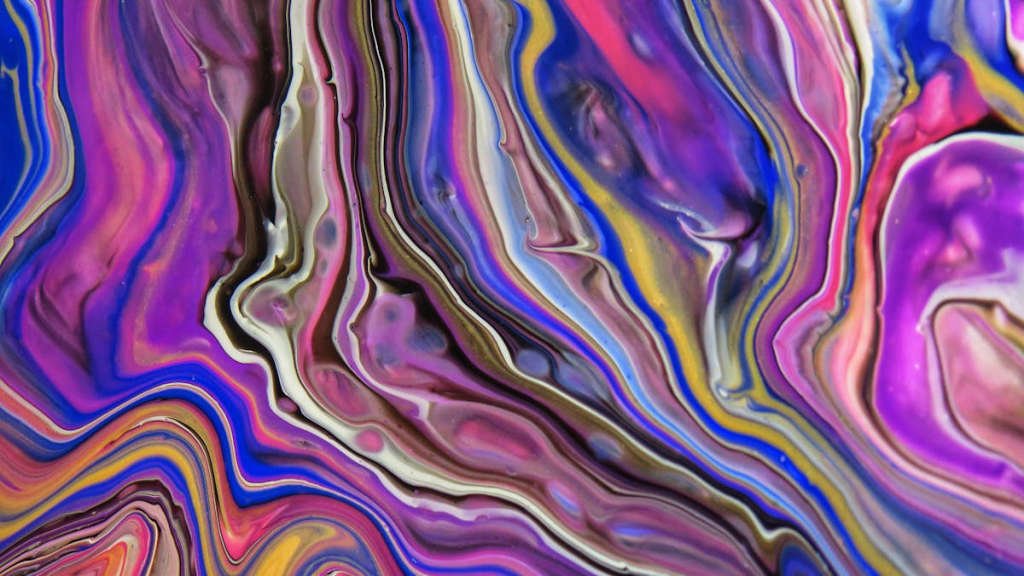
Innovative Techniques: Blending Psychedelic Design Elements
Have you ever thought about combining traditional design elements with psychedelic aesthetics to create something truly unique and eye-catching? This innovative technique involves blending the best of both worlds to produce stunning visuals that captivate the audience.
By infusing psychedelic patterns, vibrant colors, and surreal imagery into traditional design elements, designers can create a sense of wonder and excitement that is sure to leave a lasting impression. This bold approach pushes the boundaries of conventional design and challenges viewers to see the world in a new light.
Benefits of Blending Psychedelic Design Elements
| Creativity | Uniqueness | Impact |
|---|---|---|
| By combining traditional and psychedelic design elements, designers can unleash their creativity and push the boundaries of their imagination. | The resulting visuals are guaranteed to stand out and make a lasting impression on viewers, setting your work apart from the competition. | The impact of blending psychedelic design elements is undeniable – it captures attention, sparks curiosity, and leaves a lasting impression on the audience. |
Overall, the innovative technique of blending psychedelic design elements offers a fresh and exciting approach to traditional design. By combining the best of both worlds, designers can create visuals that are truly spectacular and unforgettable. So why not experiment with this bold technique in your next project and see where your creativity takes you?
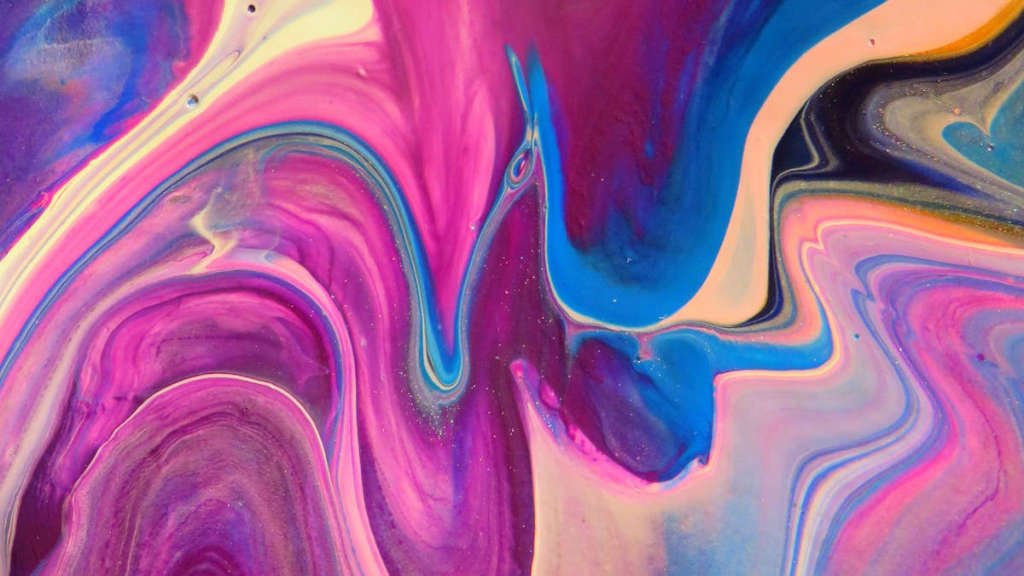
Psychedelic Patterns: From Nature to Digital Art
Let’s take a journey into the mesmerizing world of psychedelic patterns, where nature and digital art intersect in a harmonious dance of colors and shapes. Vibrant, intricate, and otherworldly, these patterns have the power to transport us to a realm where reality and imagination blend seamlessly.
Nature’s Influence on Psychedelic Patterns
Nature has long served as a wellspring of inspiration for artists seeking to capture its beauty and complexity. From the intricate patterns found in seashells to the mesmerizing swirls of a galaxy, nature’s endless creativity has provided a rich tapestry of ideas for artists to explore.
The Evolution of Psychedelic Patterns in Digital Art
With the advancement of technology, artists have been able to push the boundaries of traditional art forms and create dazzling, kaleidoscopic masterpieces that were once unimaginable. Through the use of digital tools, they are able to manipulate colors, shapes, and textures with precision, resulting in artworks that are truly mind-bending.
In conclusion, psychedelic patterns serve as a bridge between the natural world and the digital realm, allowing artists to express their creativity in ways that were previously impossible. Let us immerse ourselves in the vibrant, intricate, and otherworldly world of psychedelic patterns, and let our imaginations run wild.
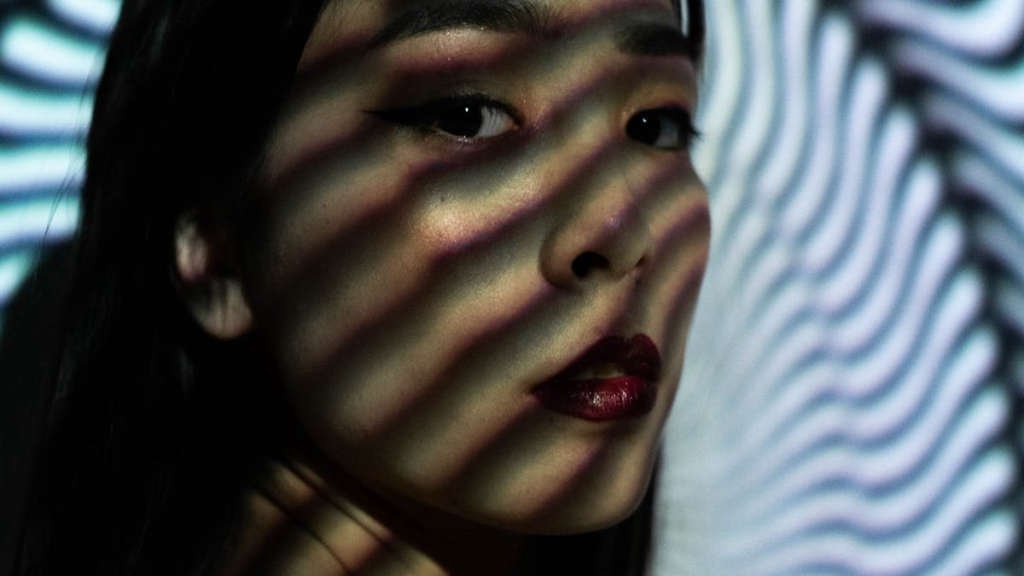
Exploring Consciousness: Psychedelic Art and its Impact
In this article, we will delve into the fascinating world of psychedelic art and its profound impact on consciousness. Psychedelic art is a visual form of expression that reflects the altered states of consciousness experienced under the influence of psychedelic substances such as LSD, psilocybin, and mescaline.
The Origins of Psychedelic Art
The roots of psychedelic art can be traced back to the 1960s counterculture movement, where artists sought to capture the mystical and transcendent experiences induced by psychedelic drugs. Artists like Jimi Hendrix, Janis Joplin, and The Beatles were heavily influenced by psychedelic art and incorporated its vibrant colors and intricate patterns into their music and album covers.
The Impact of Psychedelic Art
Psychedelic art has had a profound impact on the art world, inspiring a new generation of artists to explore the boundaries of perception and consciousness. It has also been used therapeutically to aid in the treatment of mental health disorders such as anxiety, depression, and PTSD.
The Future of Psychedelic Art
As society becomes more open to exploring altered states of consciousness, the future of psychedelic art looks bright. Artists are continually pushing the boundaries of traditional art forms and incorporating new technologies to create immersive experiences that challenge our perceptions of reality.
| Benefits of Psychedelic Art | Challenges |
|---|---|
| 1. Stimulates creativity | 1. Misrepresentation in mainstream media |
| 2. Promotes introspection | 2. Legal restrictions on psychedelic substances |
| 3. Expands consciousness | 3. Lack of understanding and appreciation in traditional art circles |
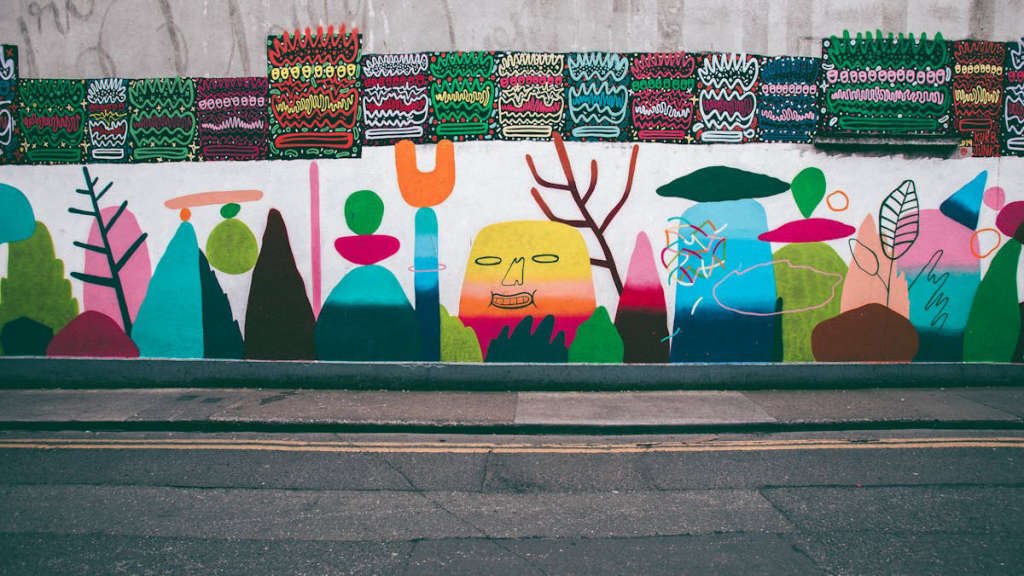
Modern Interpretations: Psychedelic Design Trends in Art Today
When it comes to artistic expression, creativity, innovation, and individuality are key elements that drive the evolution of design trends. In the realm of art today, one particular trend has been making a comeback in a bold and vibrant way: psychedelic design.
Originally popularized in the 1960s, psychedelic design is characterized by its use of bold colors, intricate patterns, and surreal imagery. It often reflects the influence of mind-altering substances, such as LSD, on artistic expression. In today’s art scene, contemporary artists are reinterpreting and reimagining psychedelic design in new and exciting ways.
The Influence of Technology
With advancements in technology, artists now have a wider range of tools at their disposal to create mesmerizing psychedelic artwork. Digital art platforms and software allow artists to experiment with new techniques and effects, pushing the boundaries of traditional design. This fusion of technology and art has led to a resurgence of interest in psychedelic design among modern creatives.
Embracing Individuality
Psychedelic design trends in art today are all about embracing individuality and self-expression. Artists are encouraged to let their imagination run wild, creating artworks that are uniquely personal and reflective of their inner thoughts and feelings. This emphasis on individuality has sparked a wave of diverse and eclectic artworks that celebrate the beauty of human creativity.
In conclusion, psychedelic design trends in art today are a testament to the enduring power of creativity and self-expression. As artists continue to push the boundaries of traditional design, we can expect to see even more innovative and mesmerizing artworks that captivate and inspire audiences around the world. The future of art is indeed looking bright and psychedelic!
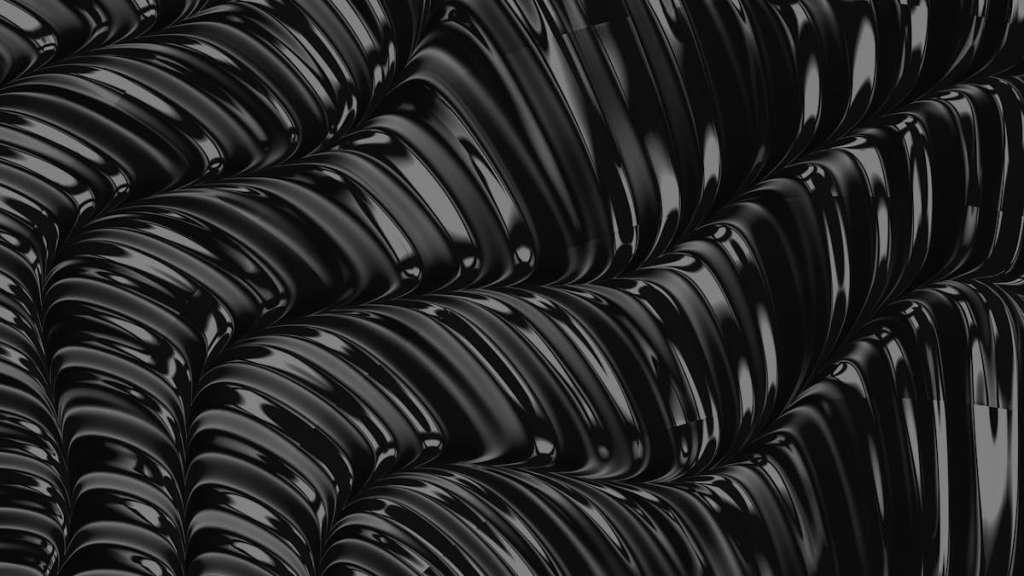
Conclusion
In conclusion, the undefined trend in psychedelic design has been captivating designers and audiences alike with its bold colors, trippy patterns, and mesmerizing visuals. As we look towards the future, it is clear that psychedelic design trends will continue to evolve and inspire creativity in various industries. Whether it’s in fashion, graphic design, or interior decorating, the undefined trend in psychedelic design is sure to leave a lasting impression on the design world.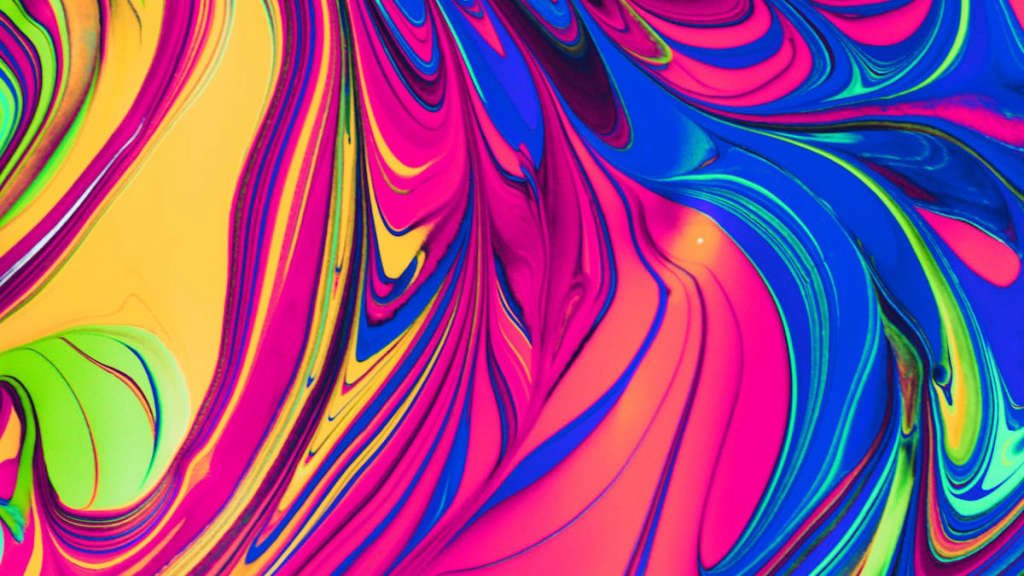
Frequently Asked Questions
What is psychedelic design?
Psychedelic design is a style that incorporates vibrant colors, intricate patterns, and surreal imagery to evoke a sense of altered consciousness or a psychedelic experience.
What are the key elements of psychedelic design?
Key elements of psychedelic design include bright colors, geometric patterns, organic forms, and optical illusions.
How can I incorporate psychedelic design in my projects?
You can incorporate psychedelic design in your projects by experimenting with color combinations, using intricate patterns, and incorporating surreal elements.
What are some popular tools for creating psychedelic designs?
Popular tools for creating psychedelic designs include graphic design software like Adobe Photoshop and Illustrator, as well as digital art applications like Procreate.
Are there any famous examples of psychedelic design in history?
Yes, there are many famous examples of psychedelic design, including album covers from the 1960s and 1970s music scene, as well as psychedelic poster art from the counterculture movement.
